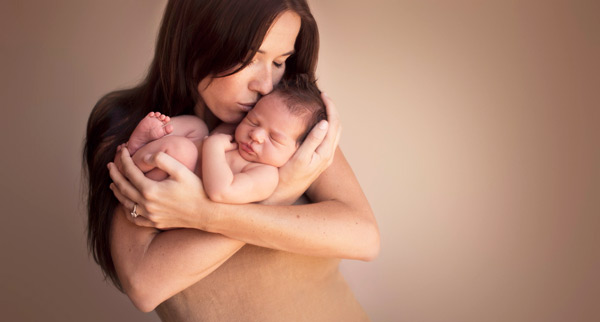 In many countries, caesarean section is routinely used if the woman previously gave birth by caesarean section. Doctors and midwives in countries with a high rate of vaginal births after caesarean sections have for the first time been asked in a study to give their views on how to increase the percentage of vaginal births.
In many countries, caesarean section is routinely used if the woman previously gave birth by caesarean section. Doctors and midwives in countries with a high rate of vaginal births after caesarean sections have for the first time been asked in a study to give their views on how to increase the percentage of vaginal births.
The summarised research shows that a vaginal birth is preferable in the next childbirth for most women who have given birth by caesarean section. In spite of this, caesarean section is routinely used in many countries.
The on-going EU project OptiBirth seeks to increase the rate of vaginal births in three countries with high caesarean section rates: Germany, Ireland and Italy. In these countries, a woman-centred intervention is now tested that targets the women and their partners as well as doctors and midwives.
Views of obstetricians and midwives
Professor Ingela Lundgren at Sahlgrenska Academy is leading the research group that as a base of the intervention, interviewed doctors and midwives in the participating countries. Focus groups and individual interviews were held with 18 obstetricians and 26 midwives from countries with a high rate of vaginal births after caesarean sections — Finland, Sweden and the Netherlands — to gather their views of how the rate of vaginal births can be increased.
“The results show that there must first and foremost be a common approach where vaginal birth is the first alternative if there are no complications or risk factors. The staff must feel secure in a vaginal birth, and work in teams and according to a model that everyone follows,” says Ingela Lundgren, Professor at Sahlgrenska Academy.
Many factors involved
More factors that affect the proportion of caesarean sections, according to the doctors and midwives in the study, are the attitude in the society to childbirth, how the decision about mode of delivery is made and by who, the collaboration between doctors and midwives and between the women and the staff, and what the follow-up after the first caesarean section looked like.
The woman should be involved, for example, by a plan being prepared before the delivery. The staff needs to strengthen the woman’s faith in the delivery, provide support in the event of fear of childbirth and offer time to discuss the earlier caesarean section. It is important to not decide between caesarean section or vaginal birth too early and there should be time to process the earlier birth experience.
“The woman should be involved in making decisions on mode of delivery, but the final decision on a caesarean section or vaginal birth must be made by a doctor with expertise, according to the doctors and midwives in the study,” says Ingela Lundgren.
FACTS: From a European perspective, the Swedish caesarean section level of 17 percent is low. Cyprus has the highest rate of caesarean sections (52 percent) followed by Italy (38 percent). Only the Netherlands, Slovenia, Finland, Sweden and Iceland have levels below 20 percent.
The EU project, OptiBirth, which is being coordinated by Professor Cecily Begley, Trinity College Dublin, aims to increase the rate of vaginal births in Ireland, Germany and Italy through woman-centred care. Only 29-36 percent of the births of women with earlier caesarean sections are vaginal deliveries in these countries. The OptiBirth study is scheduled for completion in 2016.
The study done by University of Gothenburg.